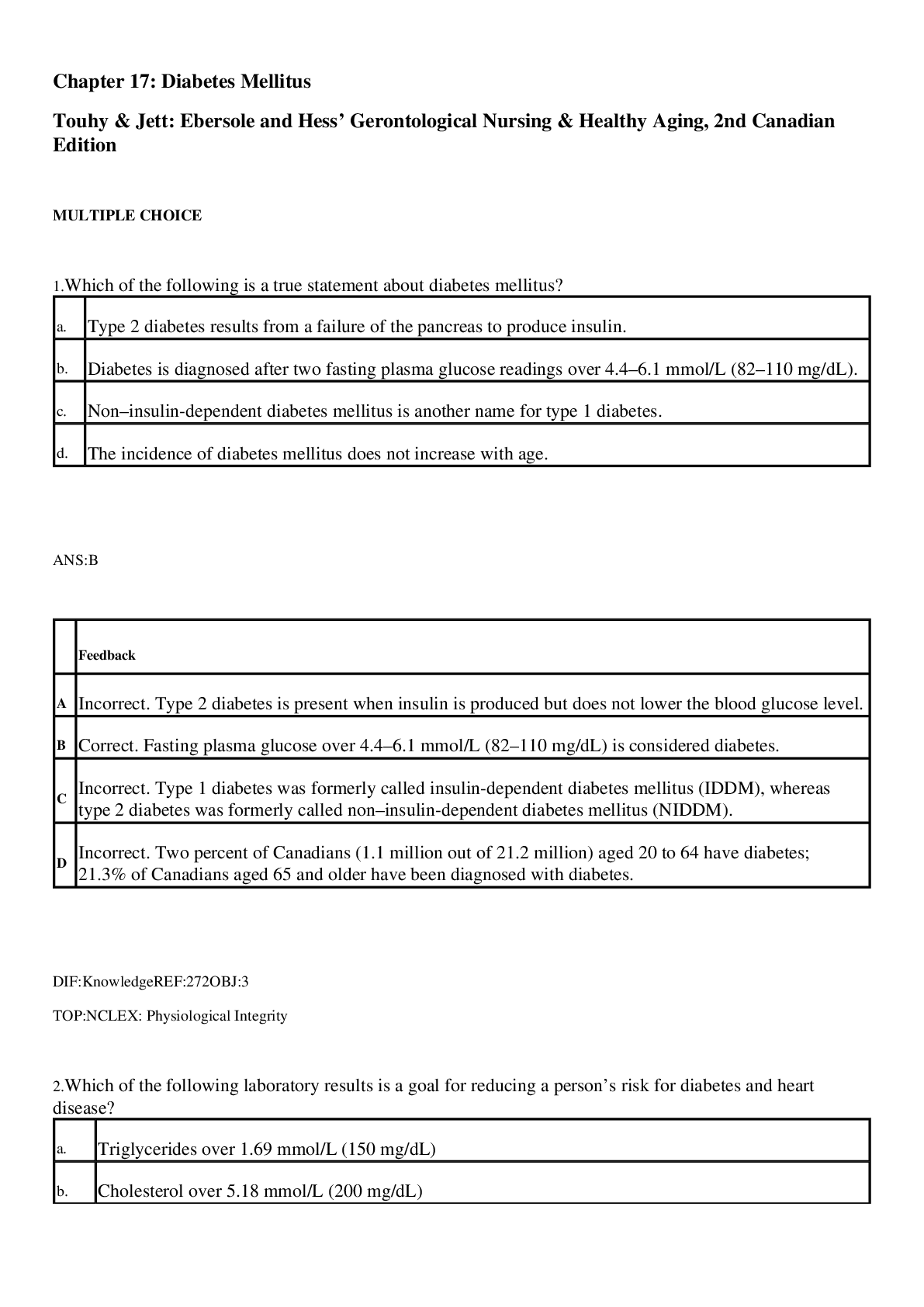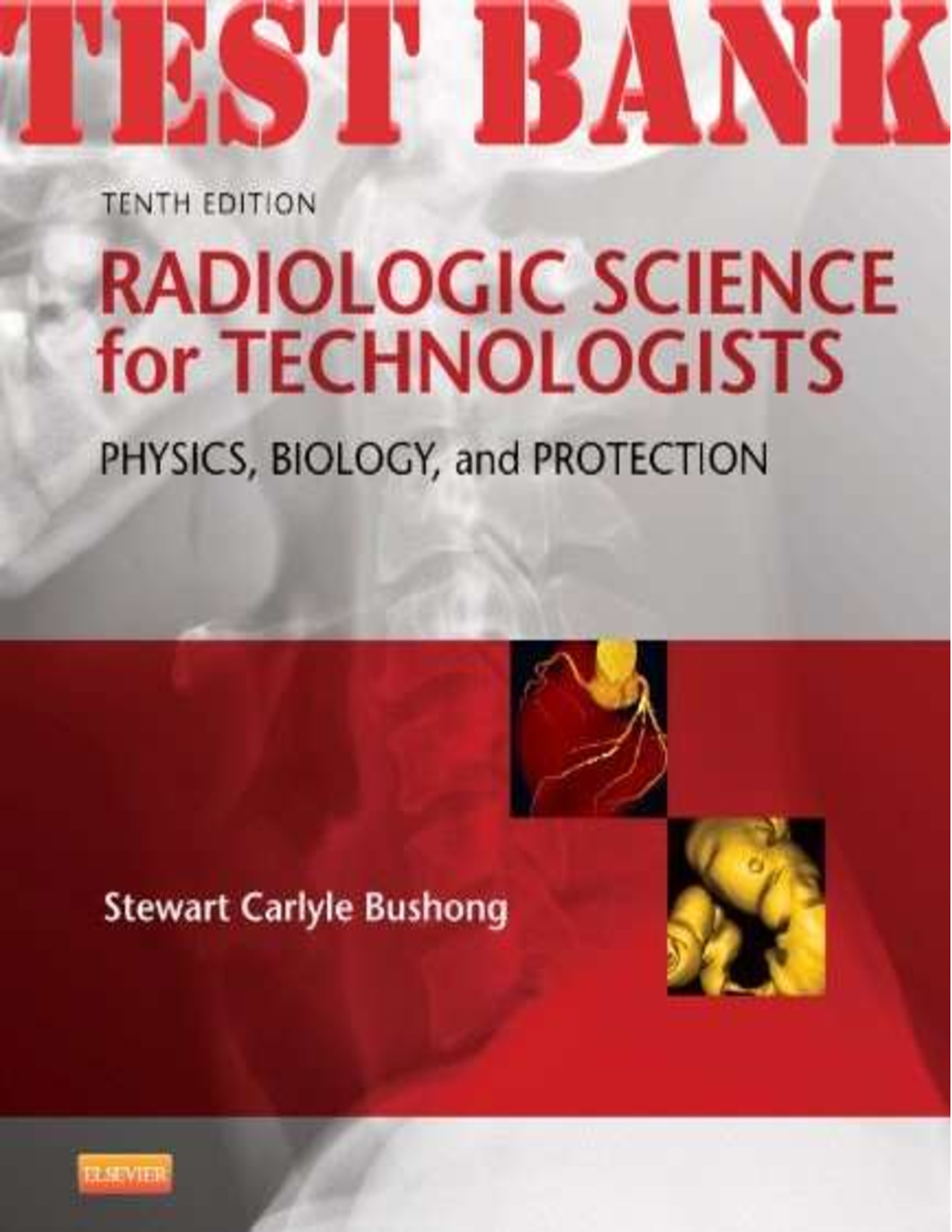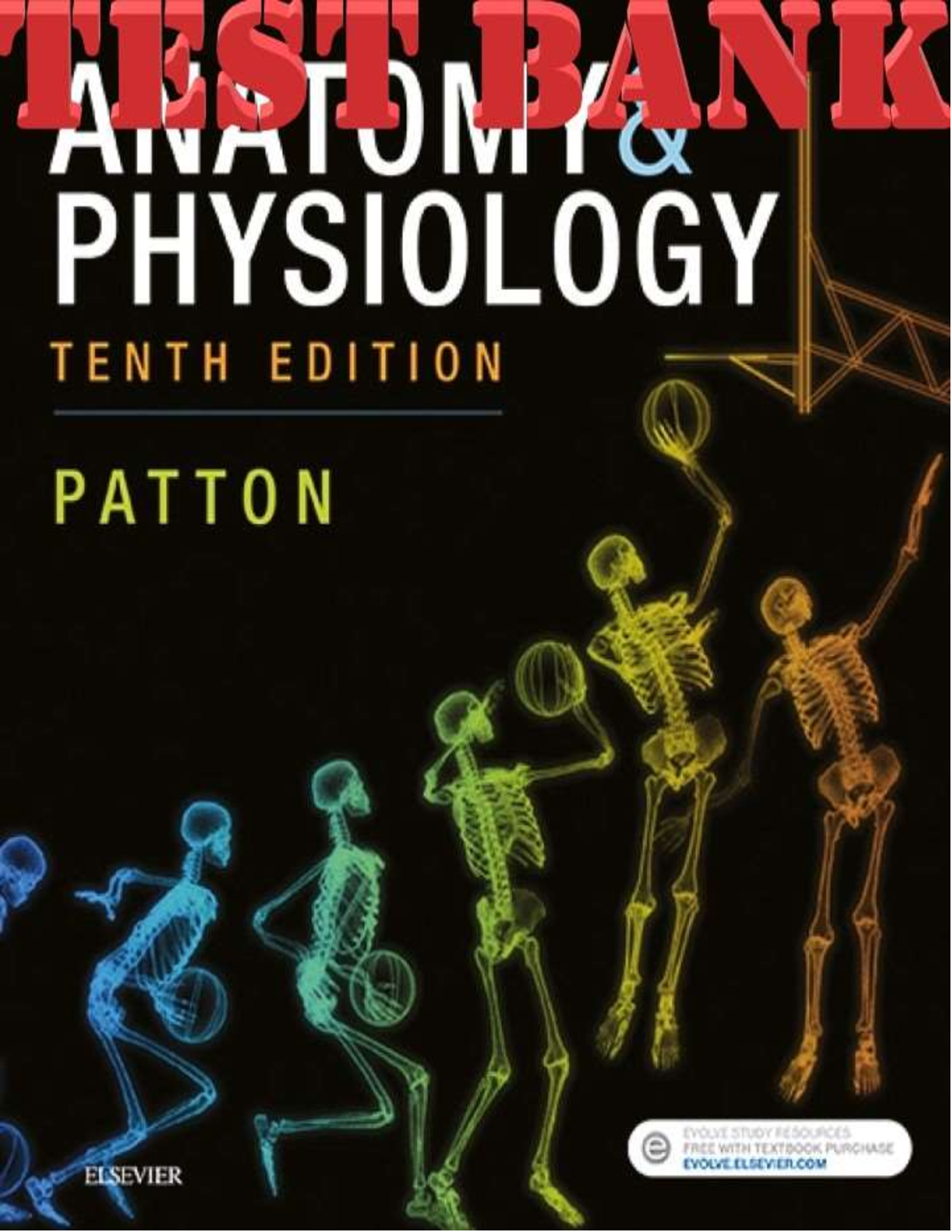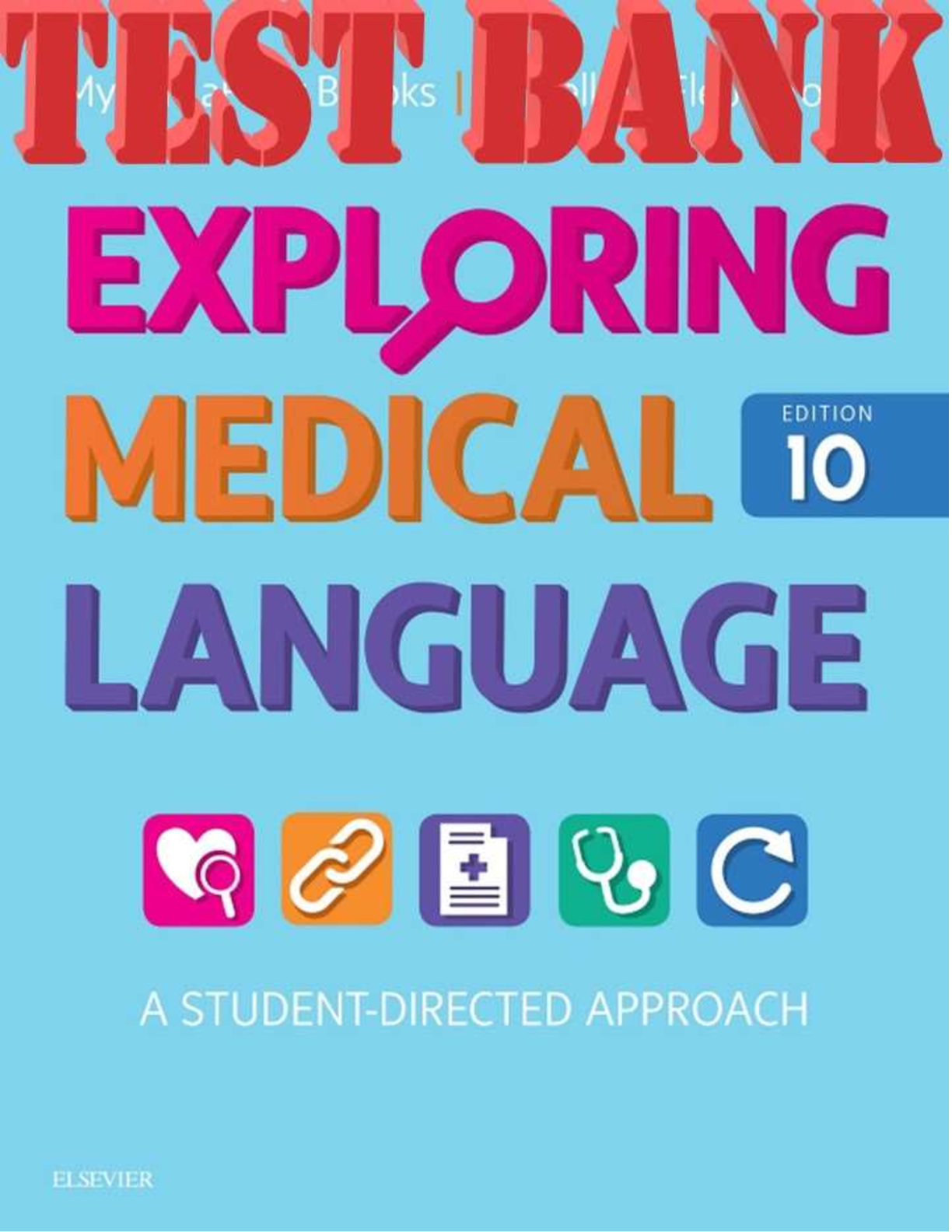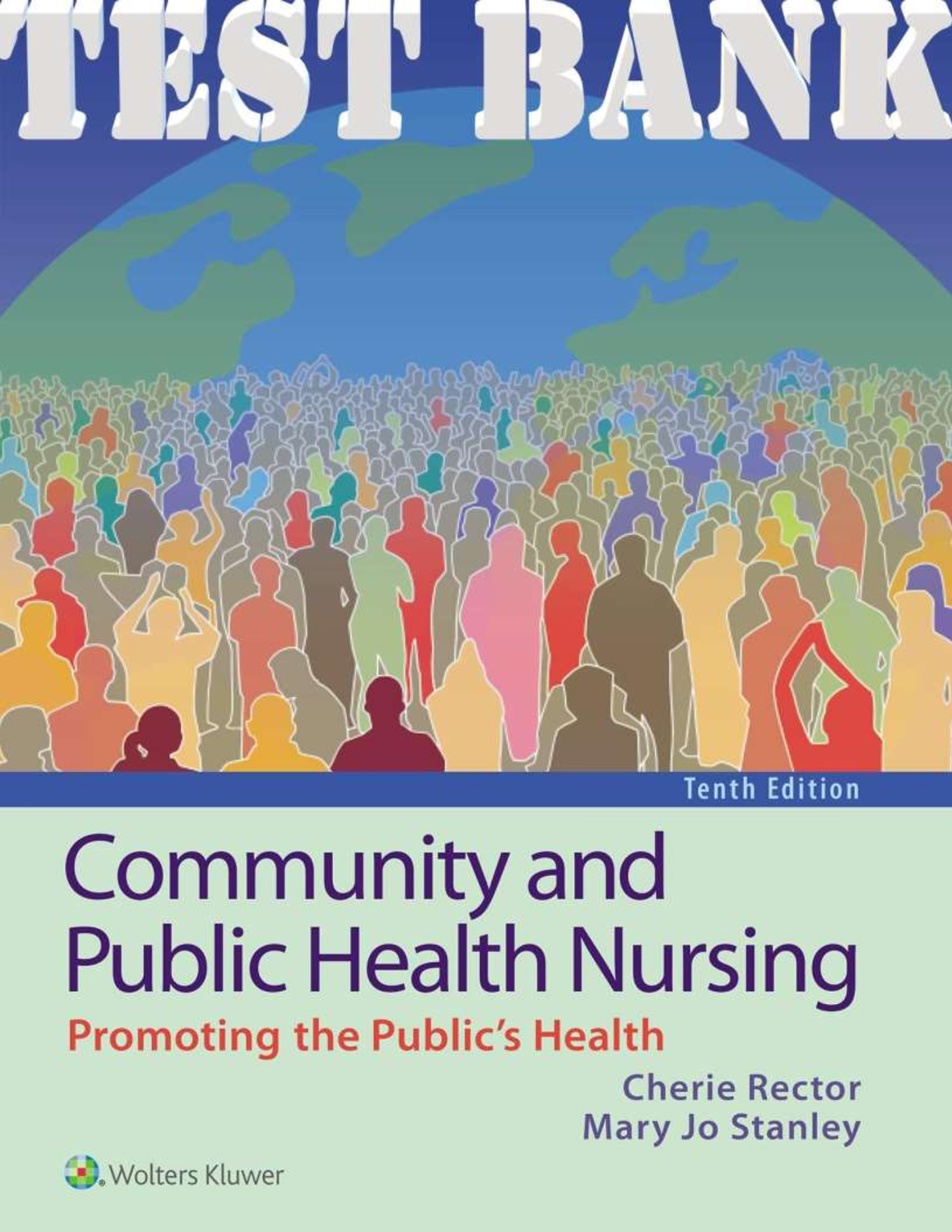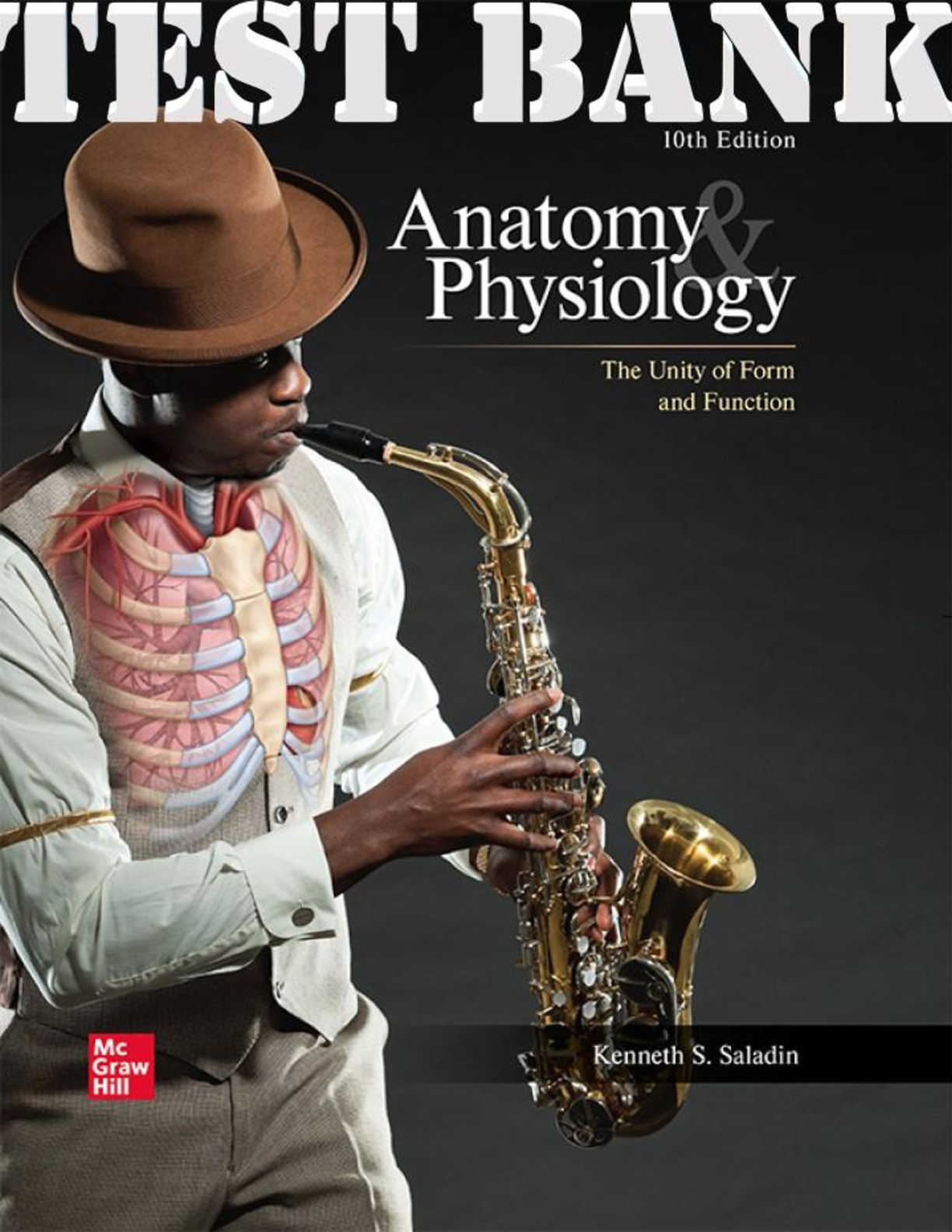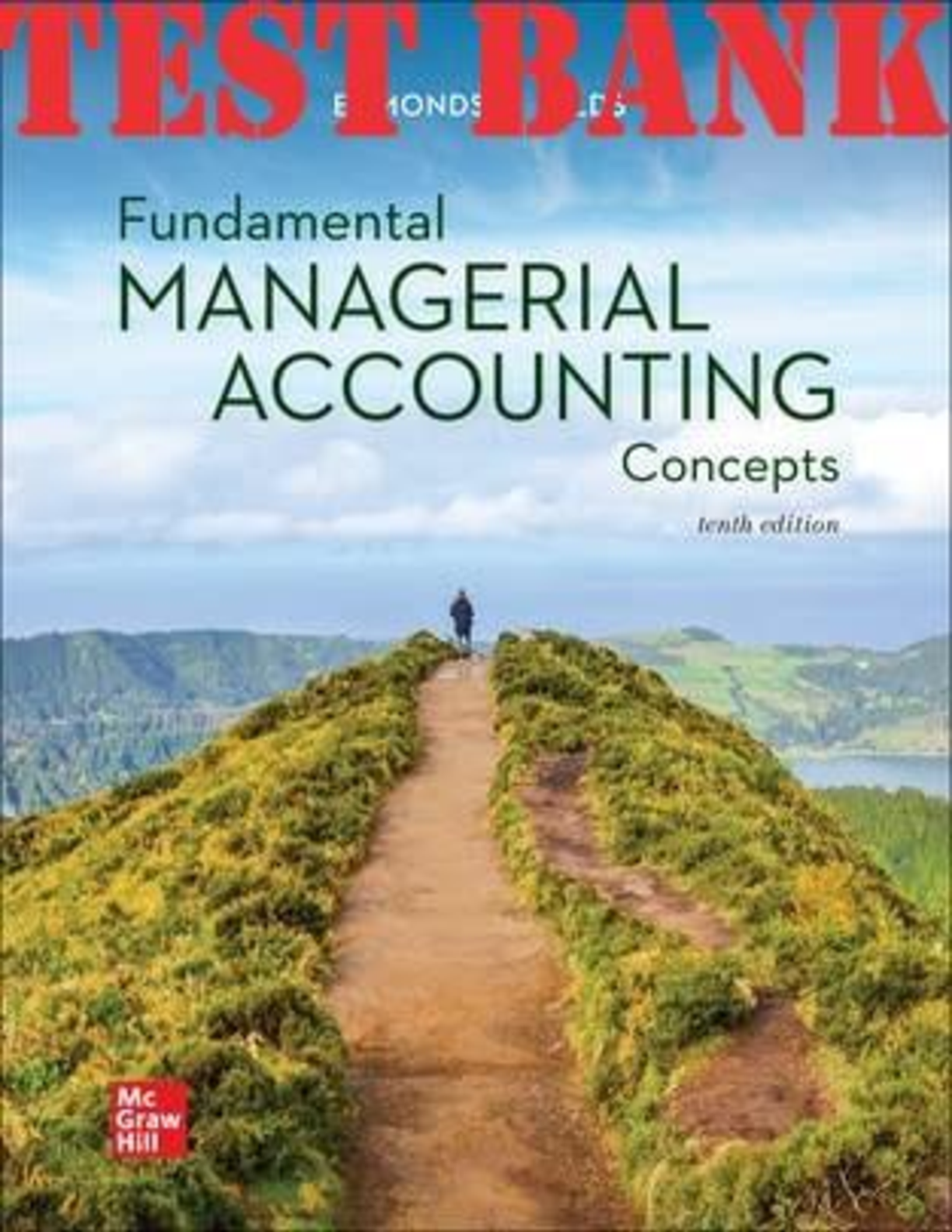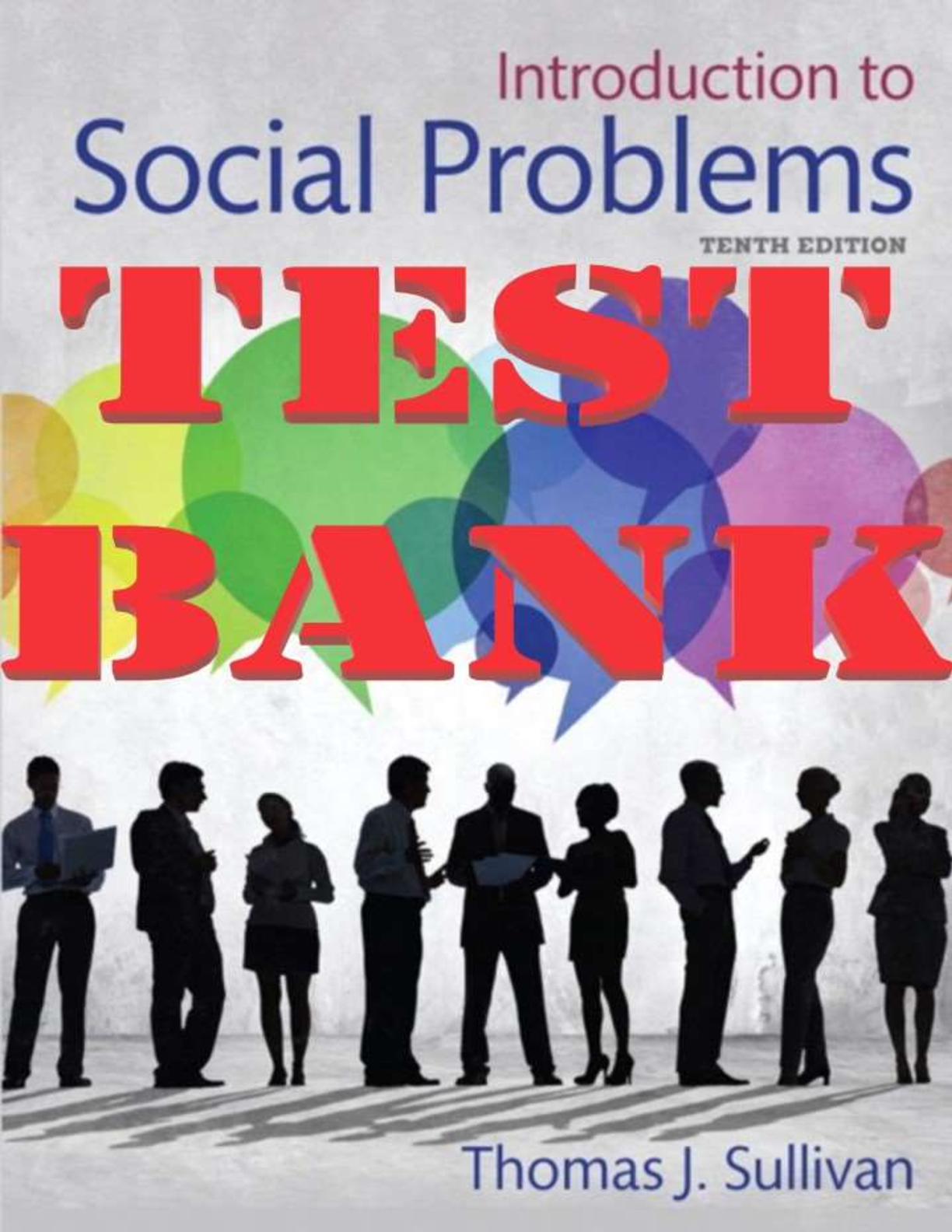*NURSING > TEST BANK > TEST BANK FOR PORTH’S PATHOPHYSIOLOGY 10TH EDITION BY NORRIS Chapter 6: Neoplasia (All)
TEST BANK FOR PORTH’S PATHOPHYSIOLOGY 10TH EDITION BY NORRIS Chapter 6: Neoplasia
Document Content and Description Below
MULTIPLE CHOICE 1. Proto-oncogenes a. are the same as oncogenes. b. are normal cellular genes that promote growth. c. lead to abnormal tumor suppressor genes d. result from severe mutational ev... ents. ANS: B Proto-oncogenes are normal cellular genes that promote growth. Proto-oncogenes are not the same as oncogenes, which are mutant proto-oncogenes. They are different from tumor suppressor genes and do not alter tumor suppressor genes. Mutational events lead to oncogenes, a mutated proto-oncogene. REF: Pg. 120 2. Familial retinoblastoma involves the transmission of what from parent to offspring? a. Mutant tumor suppressor gene b. Cancer-causing virus c. Oncogene d. Extra chromosome ANS: A Familial retinoblastoma involves transmission of a mutant tumor-suppressor gene from parent to child. Familial retinoblastoma is not caused by a virus and does not involve an extra chromosome, but rather a single gene. Familial retinoblastoma is caused by a mutant tumor suppressor gene, not an oncogene, which is a mutated proto-oncogene. REF: Pg. 123 3. Your patient eats “lots of fat,” leads a “stressful” life, and has smoked “about two packs a day for the last 40 years.” Her chronic morning cough recently worsened, and she was diagnosed with a lung mass. The most likely contributing factor for development of lung cancer in this patient is a. high-fat diet. b. urban pollutants. c. stressful lifestyle. d. cigarette smoking. ANS: D The most likely contributing factor for the development of lung cancer is cigarette smoking. Tobacco smoke contains hundreds of compounds, many of which have known genotoxicity and probably serve as initiators. Tobacco smoke also contains promoters, which spur the mutant cells to proliferate. Although a high-fat diet, urban pollutants, and a stressful lifestyle have been implicated in some types of cancer, they are not the likely contributing factor in your patient’s lung cancer. REF: Pg. 116 4. After bronchoscopy and histologic examination of a suspected tumor, your patient is diagnosed with primary bronchial carcinoma. Thus, the tumor a. is benign. b. is malignant. c. is secondary to cancer elsewhere in the body. d. has spread. ANS: B Bronchial carcinoma is a malignant cancer of the epithelial lining of the bronchi. Carcinoma refers to a malignant tumor. Primary indicates that the cancer began in the lungs and did not metastasize from another site. A staging procedure must be done before knowing if the lung cancer has spread. [Show More]
Last updated: 1 year ago
Preview 1 out of 3 pages
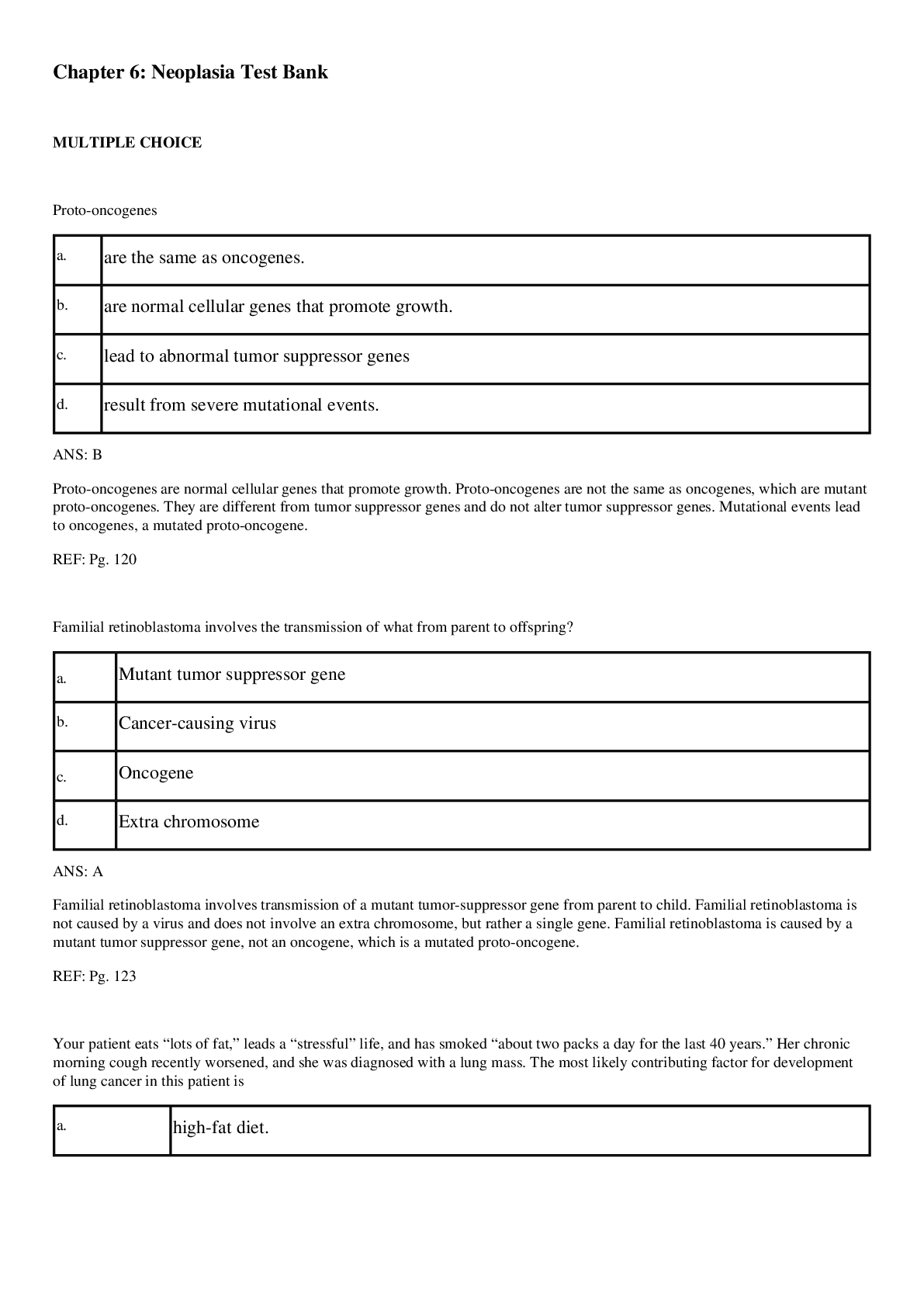
Buy this document to get the full access instantly
Instant Download Access after purchase
Add to cartInstant download
We Accept:

Also available in bundle (1)

TEST BANK FOR PORTH’S PATHOPHYSIOLOGY 10TH EDITION BY NORRIS ALL CHAPTERS
THIS PAPER CONSISTS OF ALL CHAPTERS
By GoldenA 3 years ago
$24
44
Reviews( 0 )
$4.00
Document information
Connected school, study & course
About the document
Uploaded On
Mar 01, 2021
Number of pages
3
Written in
Additional information
This document has been written for:
Uploaded
Mar 01, 2021
Downloads
0
Views
79


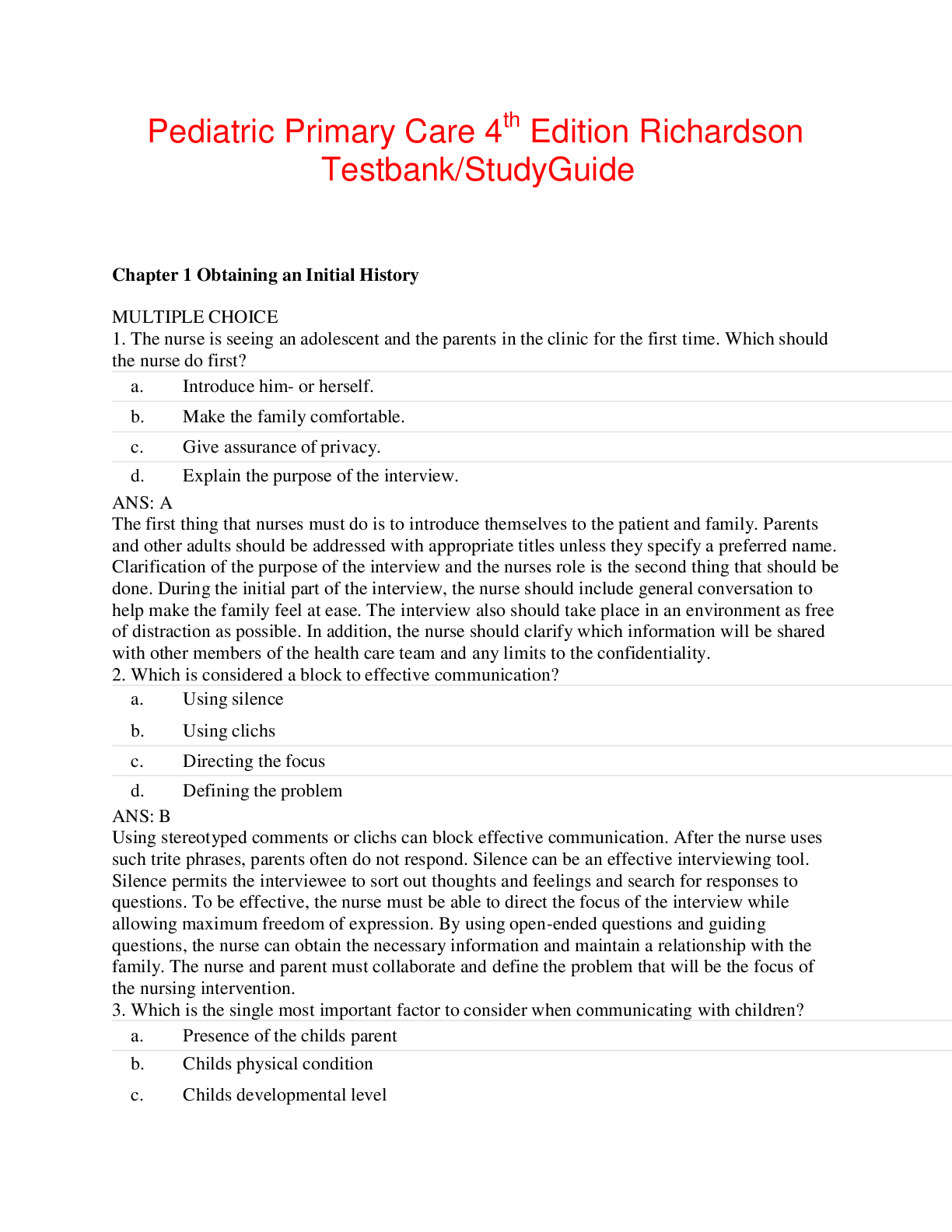

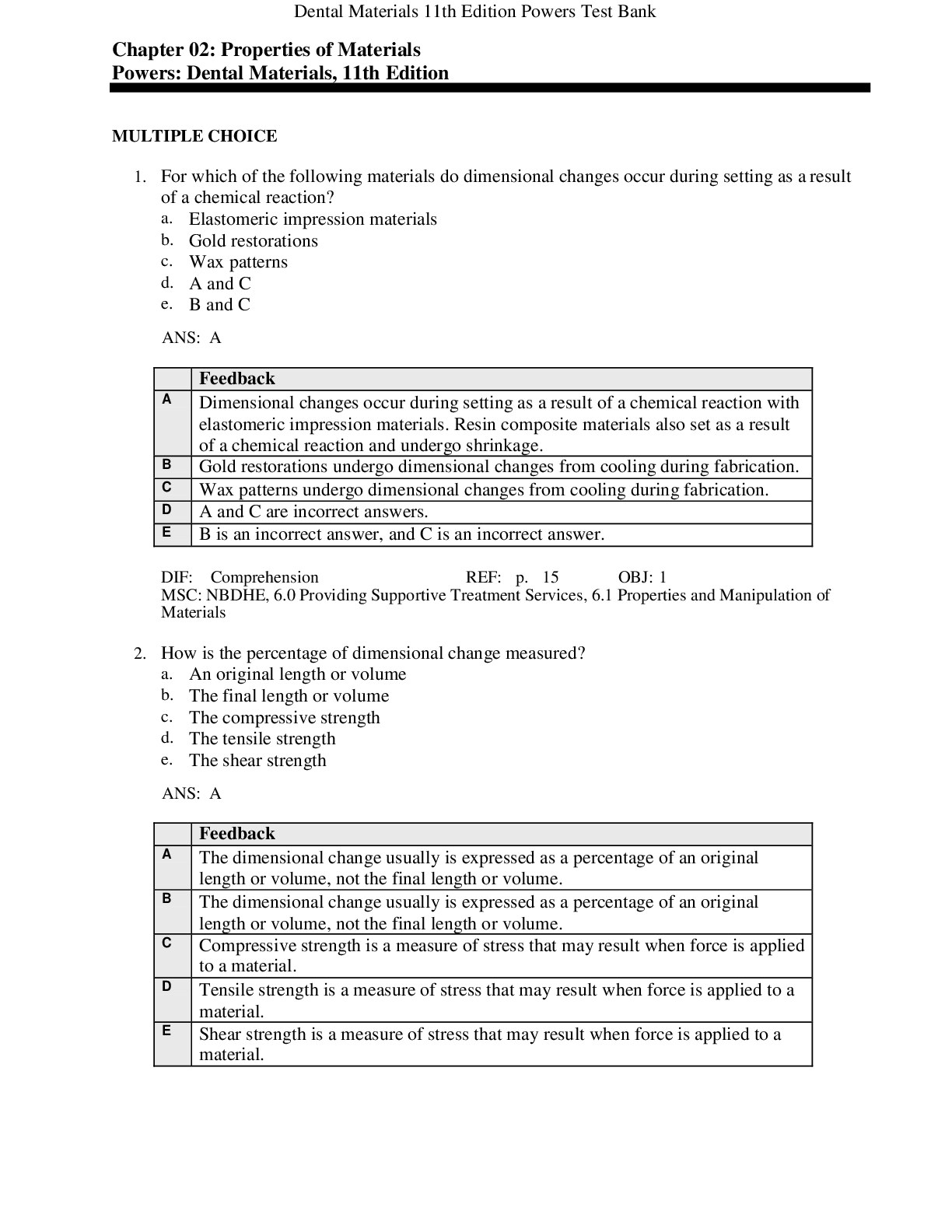
.png)
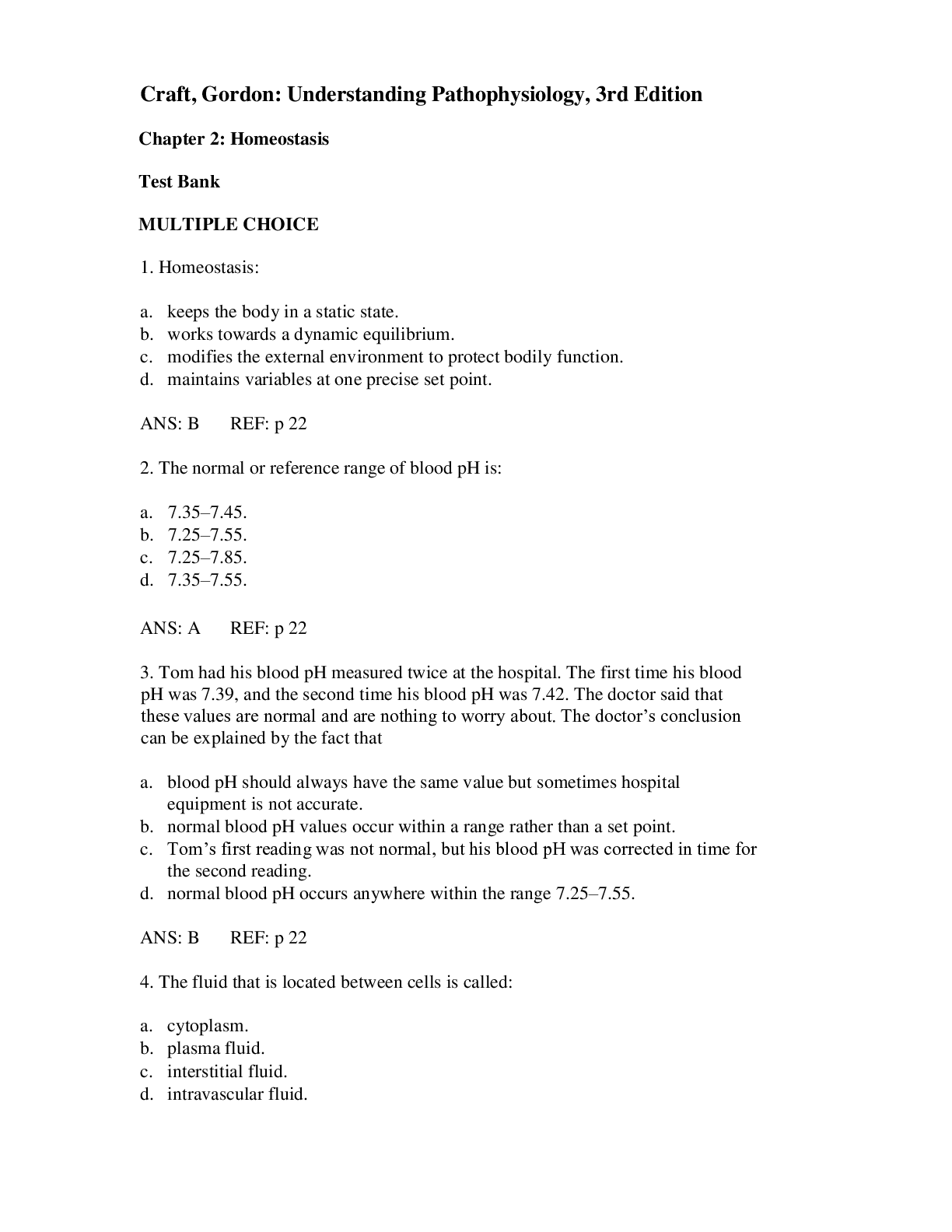



.png)
.png)
